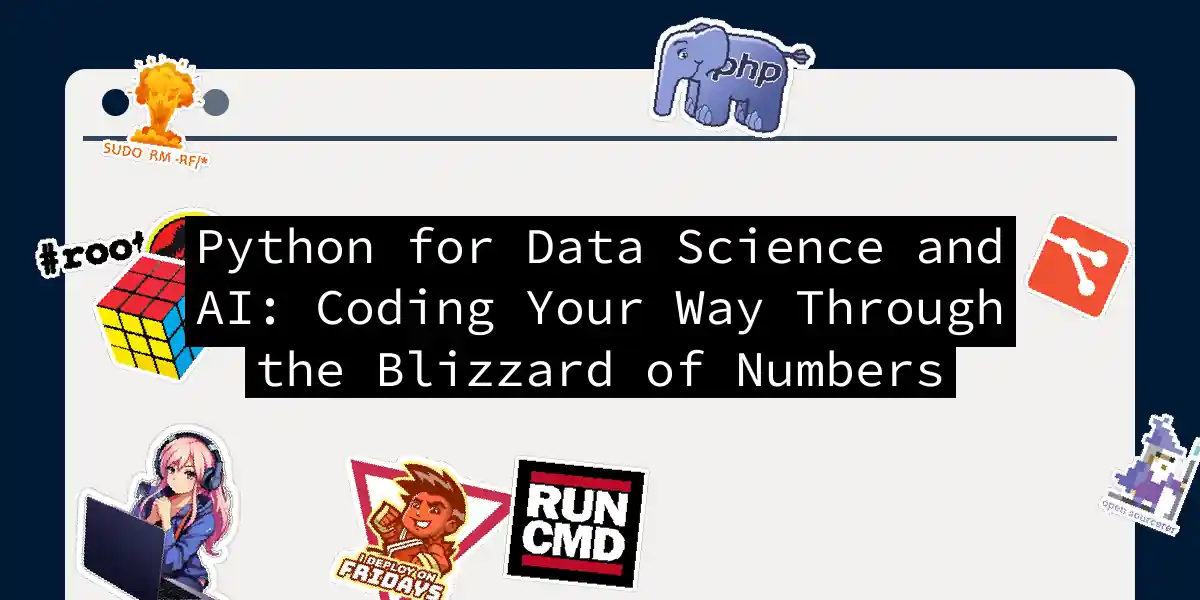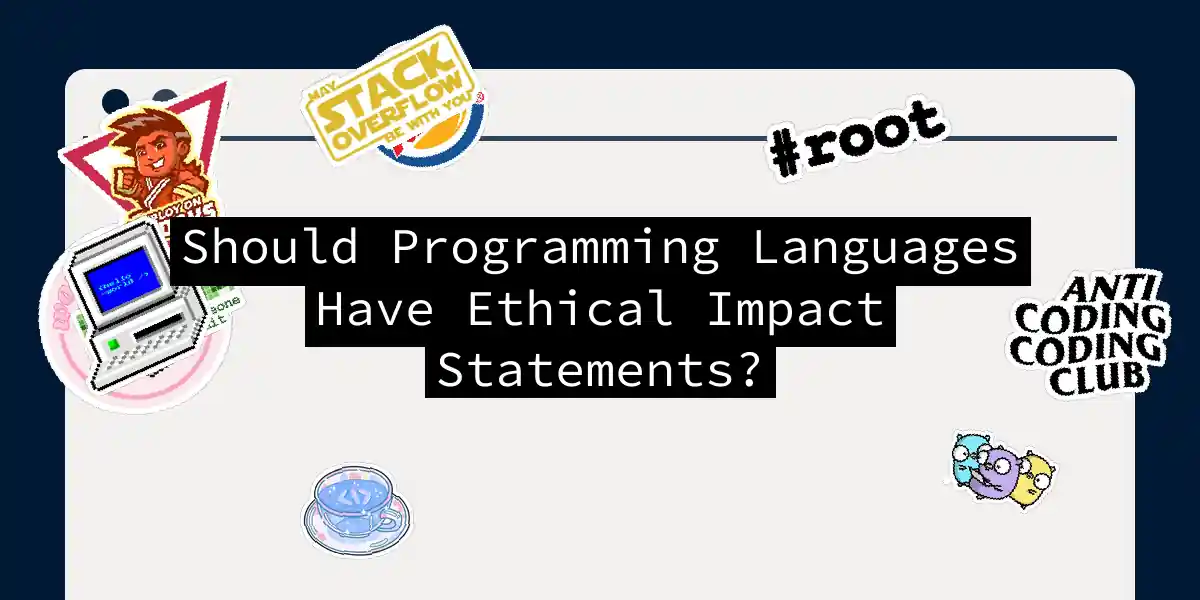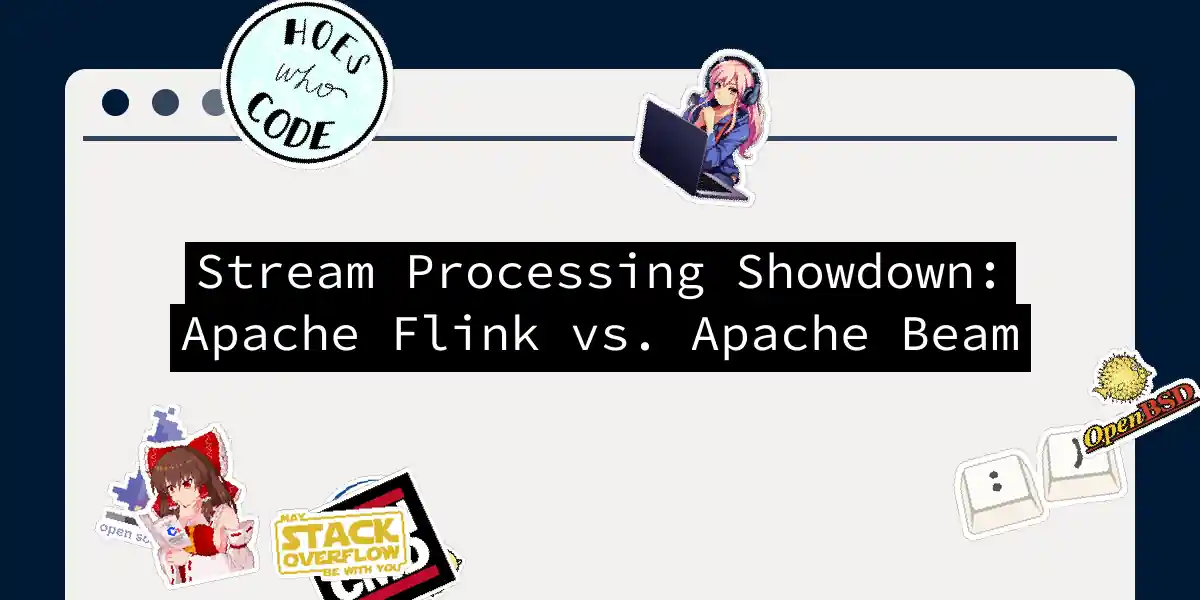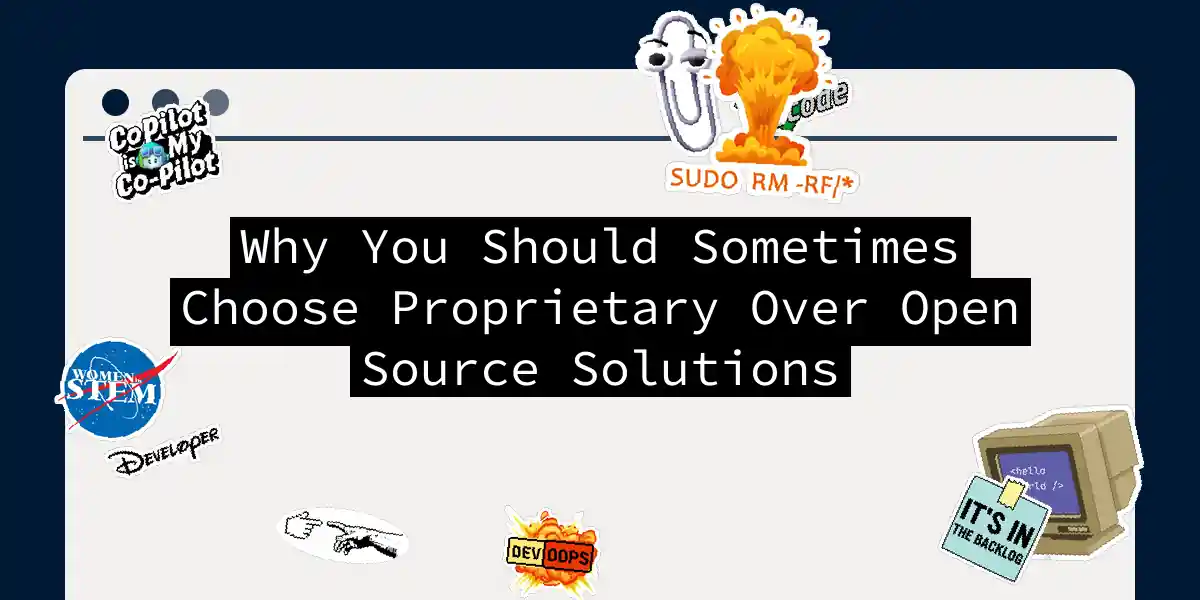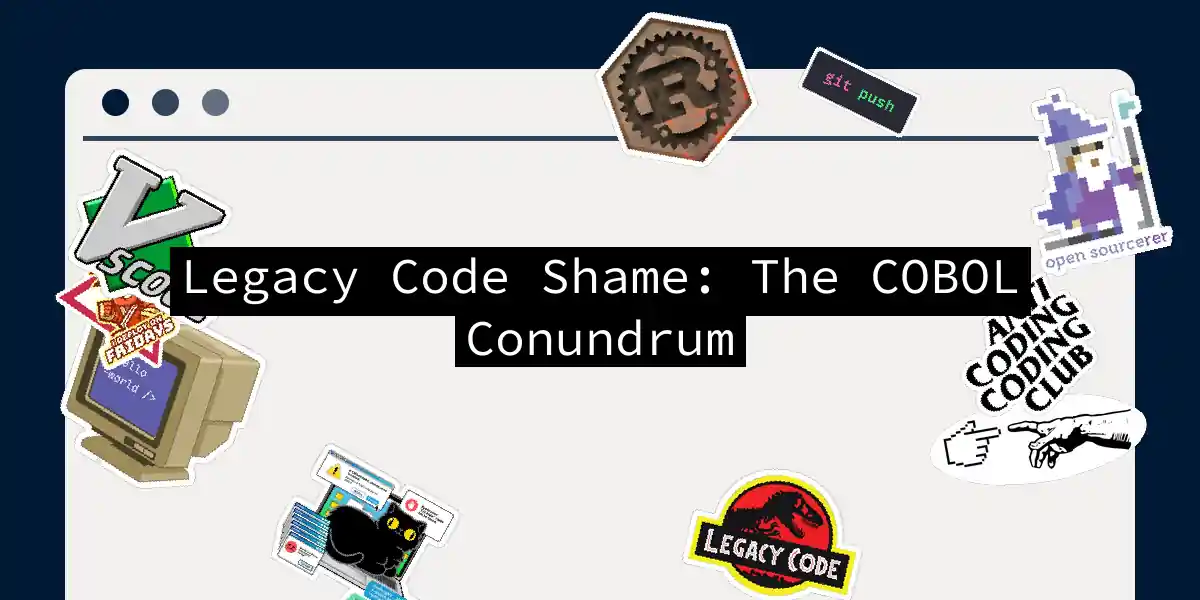
Legacy Code Shame: The COBOL Conundrum
Let’s talk about the unspoken shame in the software world: maintaining COBOL systems. You know, those ancient mainframe dinosaurs that power everything from bank transactions to government unemployment systems. While the rest of the world tweets about the latest JavaScript framework, you’re stuck in a green-screen terminal, praying that your COBOL compiles. The Cobweb-Ridden Truth Legacy systems aren’t just old; they’re archaic. COBOL codebases are like zombie apocalypse survivors—clumsy, misunderstood, and still somehow critical to civilization....
